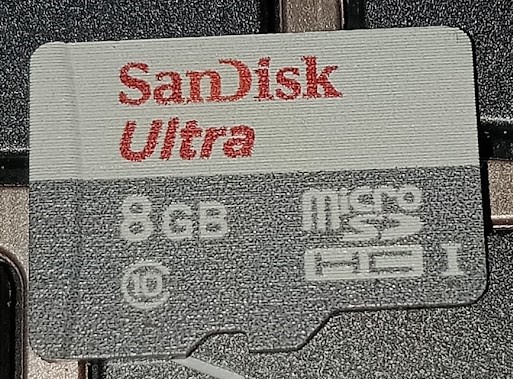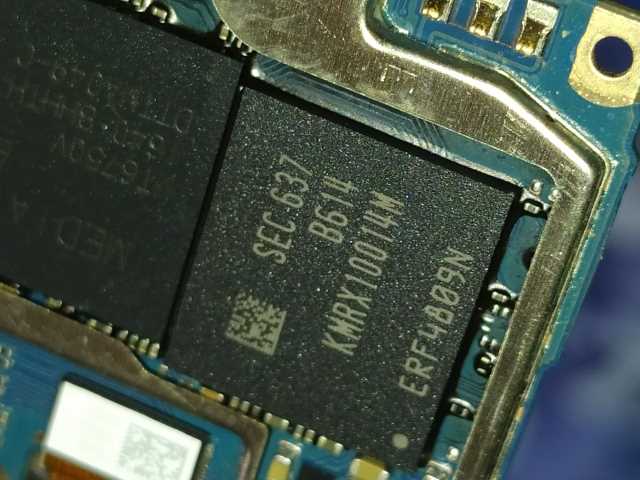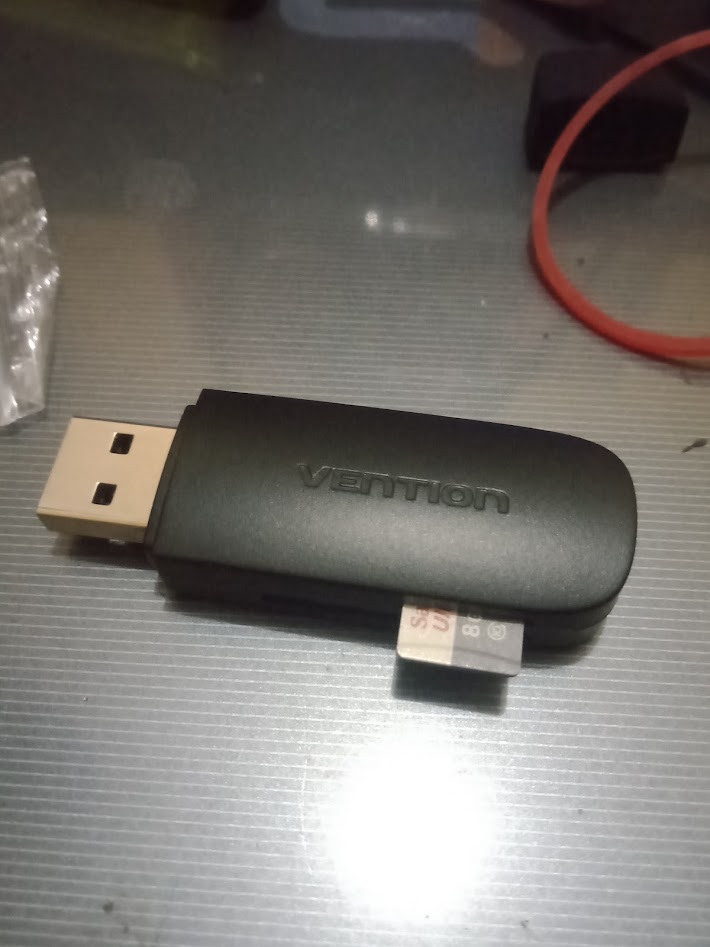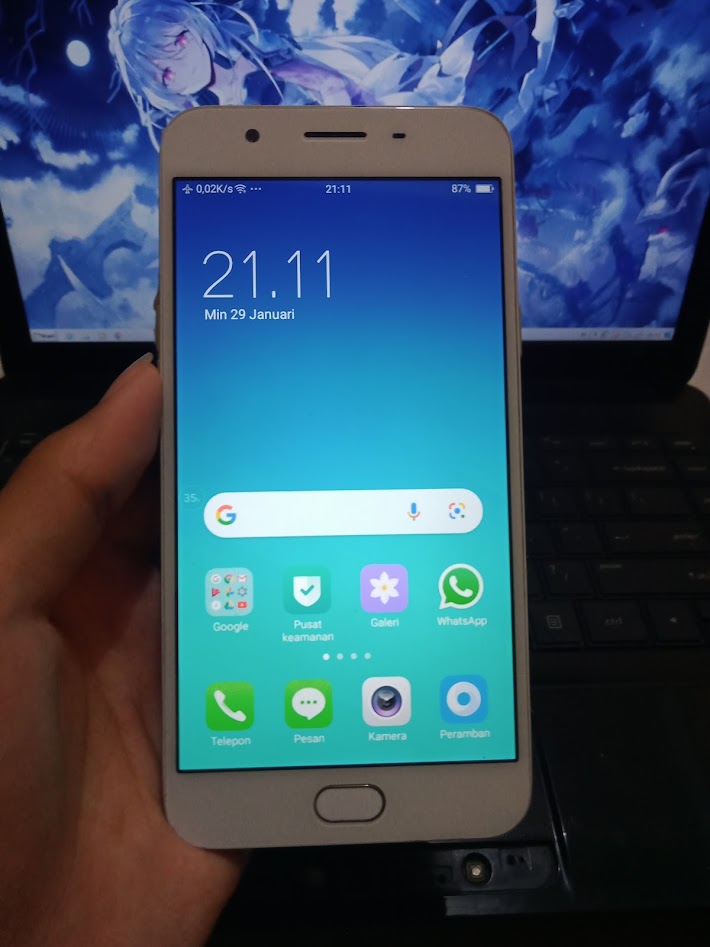Comparing: SanDisk Ultra MicroSDHC 8GB vs Samsung KMRX10014M
In this comparison, we analyze two Disks: SanDisk Ultra MicroSDHC 8GB and Samsung KMRX10014M, using synthetic benchmark tests to evaluate their overall performance. This side-by-side comparison helps users understand which hardware delivers better value, speed, and efficiency based on standardized testing. Whether you're building a new system or upgrading an existing one, this benchmark-driven evaluation offers valuable insights to guide your decision.

SanDisk Ultra MicroSDHC 8GB
| Type: | Disks |
|---|---|
| Model: | Ultra MicroSDHC 8GB |
| Capacity: | 8GB |
| Interface: | UHS-I |

Samsung KMRX10014M
| Type: | Disks |
|---|---|
| Model: | Samsung KMRX10014M |
| Capacity: | 32GB |
| Interface: | eMMC |
Specification Comparison Table
This specification comparison presents technical details of several devices or components to help you understand the key differences between each option. Use this table as a reference to determine which device best suits your needs.
| Specification | SanDisk Ultra MicroSDHC 8GB | Samsung KMRX10014M |
|---|---|---|
| Brand | SanDisk | Samsung |
| Format | MicroSDHC | eMMC 5.1 |
| Capacity | 8GB | 32GB |
| Interface | UHS-I | eMMC |
Submission Comparison Table
This submission comparison table displays the number and details of benchmark data submissions from various devices or components. This information helps you understand the performance based on the benchmarks that have been tested, as well as providing an overview of the consistency and popularity of the available benchmark results.
| No. | Benchmark Software | SanDisk Ultra MicroSDHC 8GB | Samsung KMRX10014M |
|---|---|---|---|
| 1 | Cross Platform Disk Test (Mobile) |
Read: 40.87 MB/s Write: 8.02 MB/s |
Read: 286.5 MB/s Write: 78.7 MB/s |
Submission Comparison Chart
This chart visualizes the benchmark scores comparison between two hardware devices based on submitted data.
Media Gallery
A collection of photos of tested hardware. These images can help you identify the physical form, model, and variant of the hardware in question. These photos are from our own documentation, and if they are not available we may not be able to document them.
About Hardware SanDisk Ultra MicroSDHC 8GB
The SanDisk Ultra MicroSDHC 8GB is an 8GB memory card that supports Class 10 UHS-I speeds, designed for everyday storage purposes such as storing photos, videos, or light files on mobile devices such as smartphones, digital cameras, or tablets. Although the capacity is relatively small by today's standards, this card is still useful for basic purposes or as backup media.
With a read speed of up to 80MB/s theoretically, this microSD card is enough to support HD video playback and light data transfer. However, the limited capacity makes it less suitable for storing large amounts of apps or multimedia files.
The test was conducted using a Lenovo IdeaPad Slim 3i 14ITL6 equipped with 12GB DDR4 Dual Channel RAM and Windows 11 22H2 operating system. The card was tested through a VENTION USB 3.0 Card Reader with a GL3224 controller connected to a USB 3.1 Gen 1 port.
Based on the test results with CrystalDiskMark, the read speed obtained was 46.70 MB/s and the write speed was 11.73 MB/s. Meanwhile, in the Cross Platform Disk Test, the read speed reached 40.87 MB/s and the write speed 8.02 MB/s. Although it does not reach the theoretical maximum performance, these results are quite representative for light daily use.
Device Test:
Device: Lenovo IdeaPad Slim 3i 14ITL6
RAM: 12GB DDR4 3200MHz Dual Channel (8+4)
OS: Windows 11 22H2
USB: USB 3.1 Gen 1
Sunday, 26 April 2015 21:35:59 | Update: 1 month ago
About Hardware Samsung KMRX10014M
OPPO F1s eMMC 5.1 (Samsung KMRX10014M) is an internal storage chip made by Samsung that is used in the OPPO F1s smartphone. Relying on eMMC 5.1 technology, this chip offers increased data transfer speeds compared to the previous generation (eMMC 5.0), providing a smoother user experience, especially when it comes to opening apps, saving files, and running the Android operating system responsively.
Although not comparable to UFS (Universal Flash Storage) in terms of performance, eMMC 5.1 remains an economical storage solution for mid-range devices like the OPPO F1s. The technology is reliable enough to handle everyday activities such as opening social media, recording videos, taking photos, and storing documents and apps.
The test was conducted on an OPPO F1s device with MediaTek MT6750 specifications, 4GB of RAM, and 32GB of internal storage, running on the Android 6 operating system. The internal storage on the OPPO F1s uses the Samsung KMRX10014M chip, which is an early generation eMMC 5.1 with relatively high performance for the standards of its release time.
Interestingly, despite the device being over 7 years old, testing using the Cross Platform Disk Test (Mobile) showed read speeds of 286.5 MB/s and write speeds of 78.7 MB/s. These figures are impressive for an eMMC chip that has gone through a long usage cycle, and indicate that the Samsung KMRX10014M has good NAND Flash endurance.
Overall, the eMMC 5.1 on the OPPO F1s offers an ideal combination of power efficiency, moderately high performance, and low manufacturing costs. This makes it a very suitable solution for devices with standard to mid-range requirements, especially when first released. While eMMC performance may degrade with age, these benchmark results show that the chip is still capable of performing quite well even after many years.
Device test (testbed):
Device: OPPO F1s
CPU: MediaTek MT6750
RAM: 4GB
Storage: 32GB
OS: Android 6
* This test was conducted after the device was approximately 7 years old, which is likely to have degraded the performance of eMMC.
Friday, 19 November 2021 16:41:45 | Update: 1 month ago


